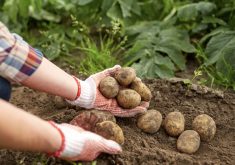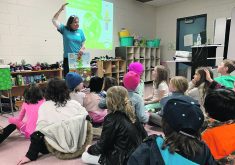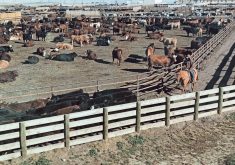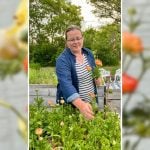Producers from across Canada will play host to visitors during Agriculture in the Classroom’s Great Canadian Farm Tour
There’s no need to pack a lunch for these field trips.
For the next week, students and their teachers will be able to connect and interact virtually while travelling the country.
The Great Canadian Farm Tour, which started March 1, is an 11-day, coast-to-coast event in which 11 different farm tours will focus on various commodities.
From maple syrup in Quebec and aquaculture in Ontario to sugar beets in Alberta, students and their teachers will interact online with producers and get a taste of what it’s like on farms across the country.
Read Also
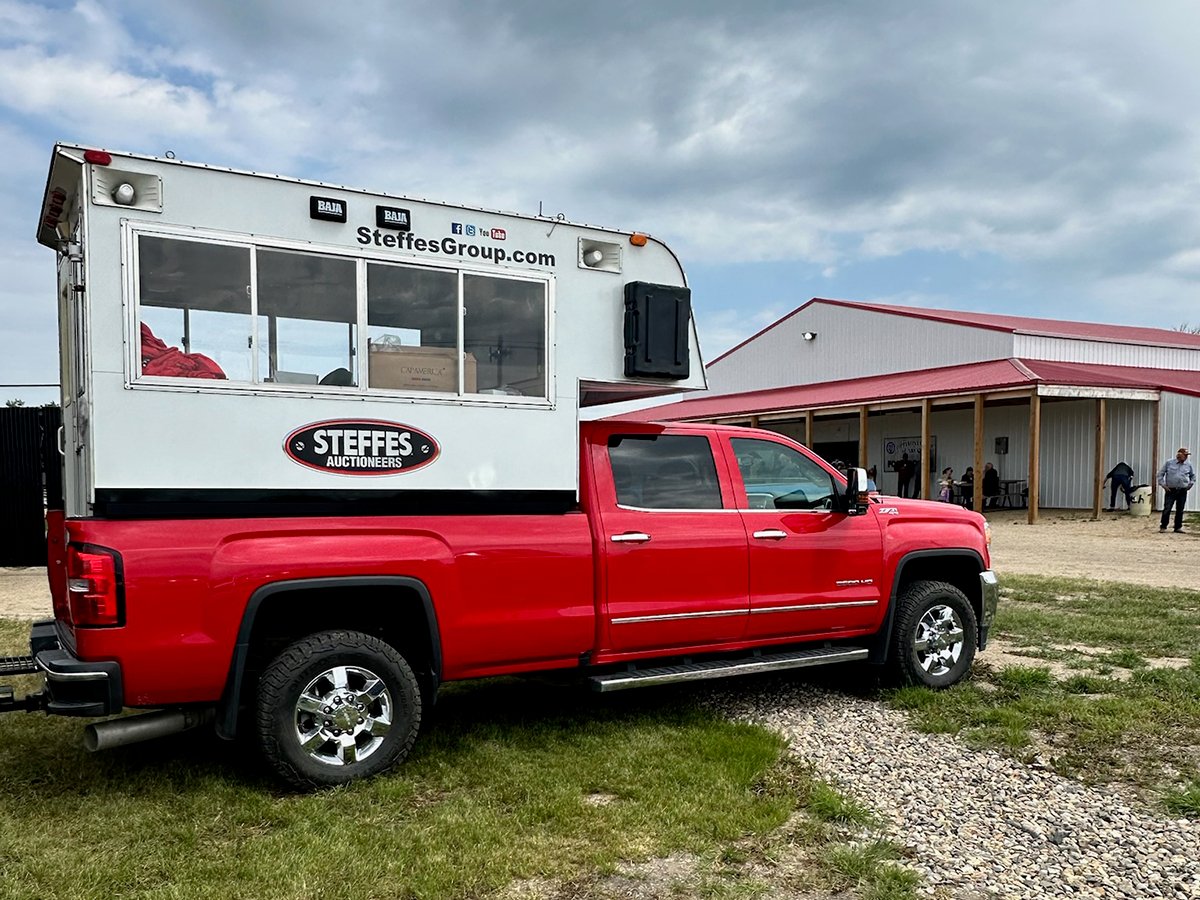
Farm auctions evolve with the times
Times have changed. The number of live, on-farm auctions is seeing a drastic decline in recent years. Today’s younger farmers may actually never experience going to one.
The event is part of Agriculture in the Classroom, which is hosting the 11th annual Canadian Agriculture Literacy Month.
The program is designed to be integrated in classrooms throughout March, educating students about effects the agriculture and food sector have on Canadians.
Before the pandemic, farmers and others working in the sector would visit classrooms and help students connect with food sources and hear about production first-hand.
Adding a virtual element like the Great Canadian Farm Tour is a chance to reach more communities, said organizers.
“We have right now 1,200 teachers registered, which equates to over 20,000 students so far. I’m hoping we get 1,500 teachers and close to 30,000 students. That would be well above the goal we had, so we’re pretty excited about the reach we’re going to have,” said Johanne Ross, executive director with Agriculture in the Classroom Canada.
“Even within this we have over 200 home schools registered and we also are getting interest from children’s hospitals, libraries and senior citizen homes, which we think is awesome,” she said.
“If there’s been anything positive come out of the pandemic, I will say it’s that we have, as an organization, gained a lot of profile. … We have all sorts of options for teachers, students, at-home educators and home learners. We have a lot available for everyone to go in and get teaching tools and lots of different activities.”
Jessica Lovich said she was thrilled to be the “opening act” as the first farm tour on March 1.
Lovich and her husband, Michael, operate Lovholm Holsteins at Balgonie, Sask.
She was scheduled to be virtually joined by federal agriculture minister Marie-Claude Bibeau, who was expected to welcome participants to the month-long event.
Lovich hosted several farm tours through Ag in the Classroom before the pandemic and several online since.
“I love teaching and have a real passion for doing the farm tours. I feel it’s important for agriculture to have a voice as we become further and further removed from the farm. People should know where their food comes from, they should know how it’s produced,” she said.
In the 30 to 40 minutes allotted for their farm, Lovich planned to walk around with her cellphone to show the process of milking and feeding, which is always a popular topic and draws many questions from students and teachers.
She was also expected to discuss biosecurity, milking technology and job opportunities in agriculture.
“It’s a new platform for teachers and students to be able to get on farm. This way geography doesn’t really matter and everyone can participate. Sometimes that’s been a challenge for kids to get right on farm directly,” Lovich said.
Added Ross: “Some of them are doing a live tour as they’re talking and walking everybody through. Some of the farmers have footage that they’re sharing from earlier because, of course, if we’re visiting a canola farm, there’s not a lot happening in March for canola farmers.
“So, we will be sharing some video that we’ve previously made around seeding and harvest and other things that happened through the growing season.”
Arnold Balicki said he is looking forward to his walk-about on March 17.
Balicki and his son, Leonard, operate LB Ranch, a 500-head Angus cattle ranch near Shellbrook, Sask.
Leonard will operate the camera while his father shows some of the daily work.
Balicki said students and teachers are interested in seeing the equipment and ingredients used for feeding, watering and bedding, and will try to simplify his presentation so participants can relate.
“We’ll show the tractor shredding straw and explain that the straw is just like a mattress for us people. It keeps animals warm and it keeps them off the coolness of the ground,” he said.
They also might be calving that day, which would offer an interesting perspective for students.
Balicki said he wants to help curb misinformation about agriculture through education.
Like Lovich, Balicki is encouraged by the level of curiosity that comes during tours.
“The whole thing with Ag in the Classroom is we present scientific evidence-based materials and the students can make their decision whether it’s a good thing or a bad thing,” he said.
Ross agreed that it’s important for students to ask questions about what they see.
“Even if there’s a tough question, we want students to have the opportunity to ask that question of the producer and talk about some of the things that they may have heard about, maybe a misconception about agriculture.”
All tours will be recorded and available after March at aitc-canada.ca, which is also where people can register for tours.




